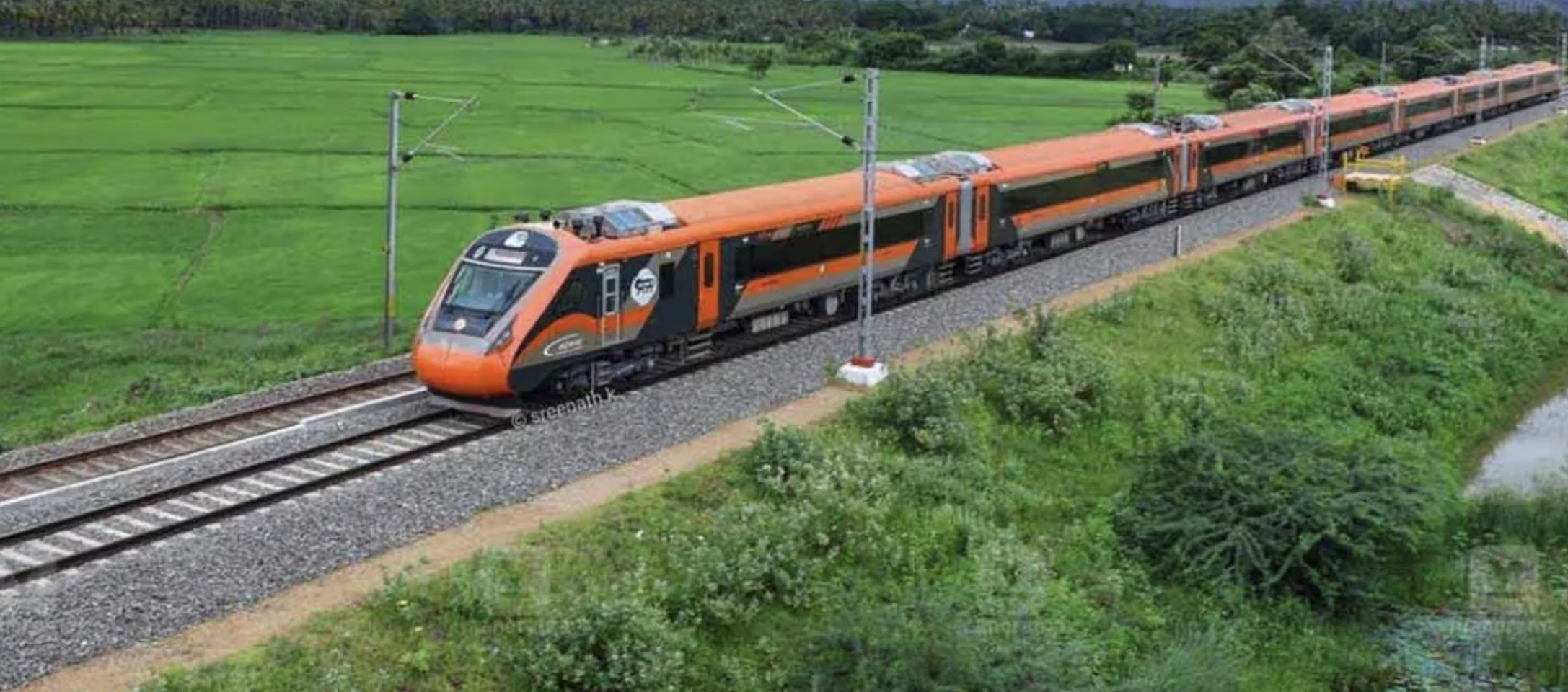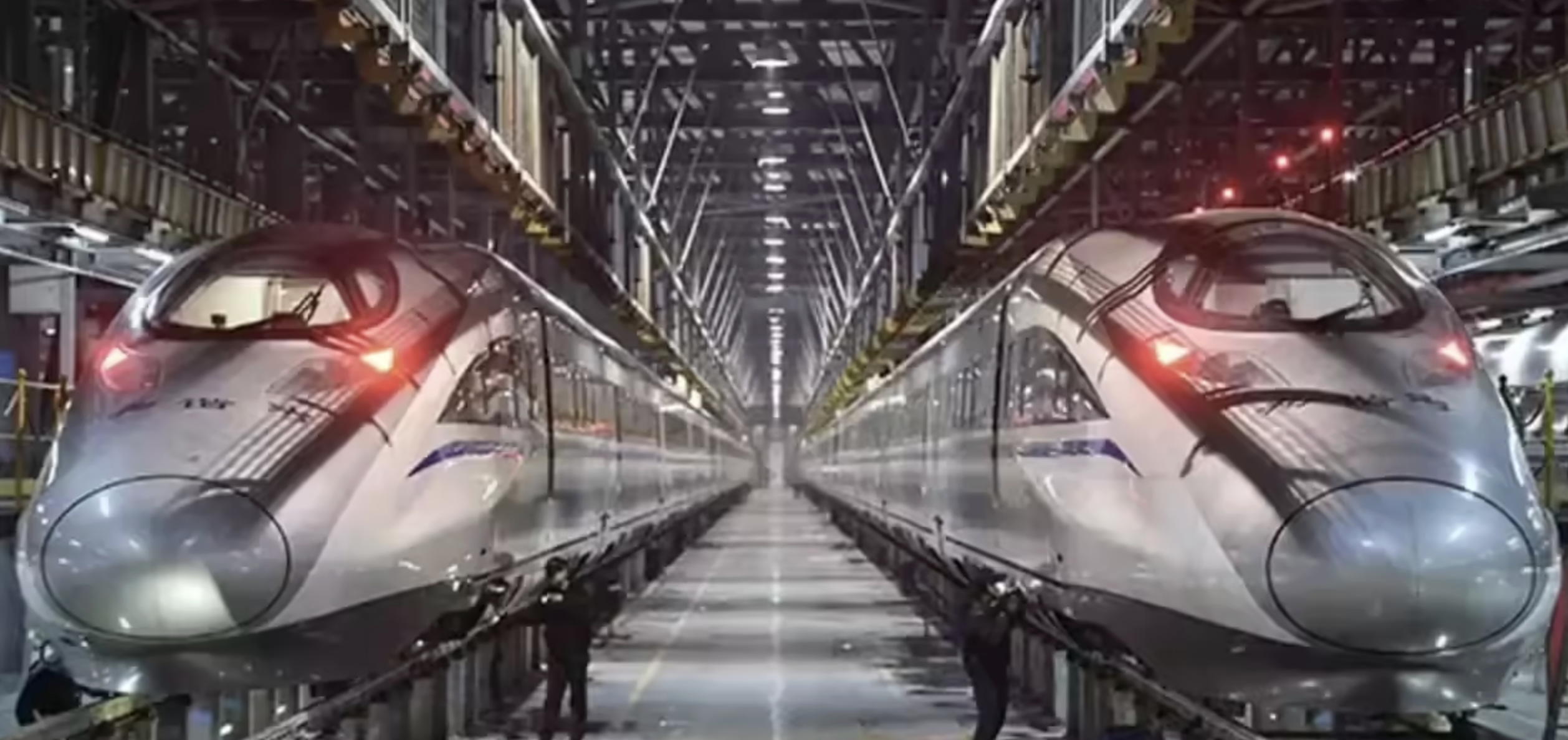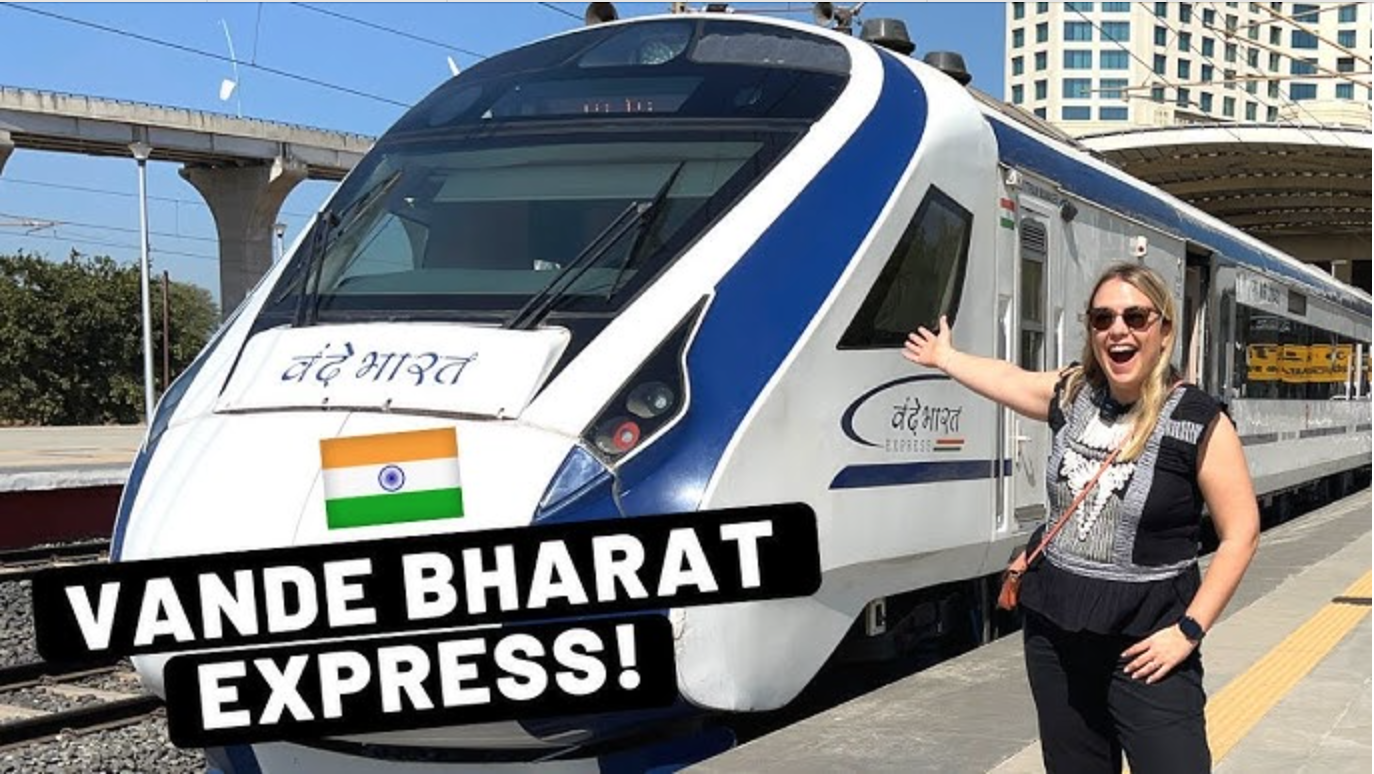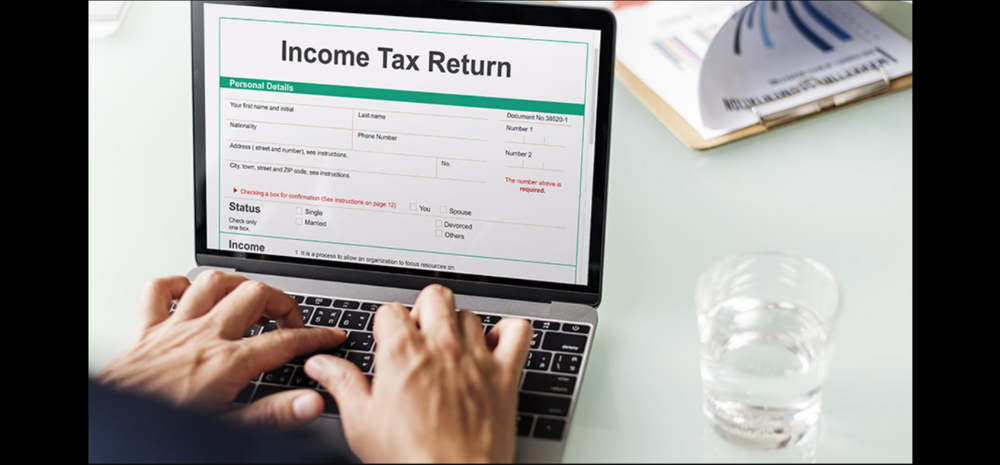Since June 4, the stocks of Indian Railway Finance Corporation, Rail Vikas Nigam, Ircon International, and RailTel Corporation of India have increased by as much as 38%.
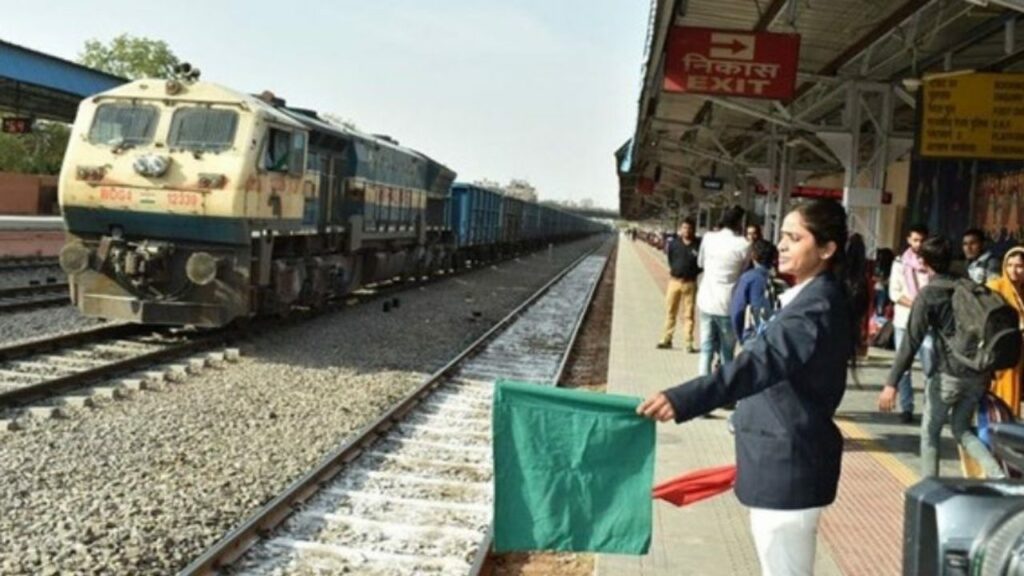
These companies’ market capitalization has increased dramatically as a result of this boom. IRFC’s market capitalization surged to ₹2,45,988 crore, up ₹1,15,388 crore.
Ircon International Stocks Increased By 38%
With this addition, RVNL’s market capitalization increased to ₹1,02,384 crore. Ircon’s market capitalization increased by ₹12,758 crore, to ₹28,944 crore. IRCTC’s market value increased to ₹82,096 crore with the addition of ₹10,736 crore.
The market capitalization of RailTel Corporation of India increased by ₹5,772 crore, to ₹16,680 crore. All together, these five railway PSUs have seen a rise in market capitalization of ₹2,09,203 crore in 2024.
The Indian government has invested a huge amount of resources in reviving the railway industry. Over the last ten years, a lot of modernization efforts have been made to improve the Indian railway network.
The networks of metro trains have expanded significantly throughout a number of cities.
In 2019, the ‘Vande Bharat’ trains were introduced. Indian Railways intends to promote “Made in India” trains internationally by selling semi-high-speed “Vande Bharat” trains to markets in Europe, South America, and East Asia by 2025–2026.
Expansion of Railway Stations Present Promising Prospects
The expansion of railway stations, building of lines, and rolling stock all present promising prospects for railway capital expenditures. Compared to FY21–26E, which is targeted to spend ₹5.8 trillion, FY26E–31E under the National Rail Plan till 2051 is expected to spend ₹9.2 trillion.
Both the passenger and freight sides of the industry see significant business prospects. Capital expenditures for Metro and the purchase of Vande Bharat trains are substantial.
By 2030, the government wants to raise its share of the freight market in logistics from 27% to 45%. By 2030, the Dedicated Freight Corridor Corporation (DFCC) wants to see a 45% proportion of railway freight in logistics.
By 2027, it is anticipated that annual freight carriage will increase from 1,400 MT to 3,000 MT. It is anticipated that the number of wagons will rise from 336,900 to 500,000. Indian Railways expects to order 21,000 wagons annually on average. The private sector will provide 10%–20% of the new wagons, or 3,000–5,000 wagons per year on average.
The IRFC finances more than 81% of wagons.
Over the next few decades, significant investments are anticipated, underscoring the necessity of increased private ownership of wagons.
Since replacements are eventually needed, over 35% of the wagon fleet today is over 15 years old, which presents prospects for wagon producers.
